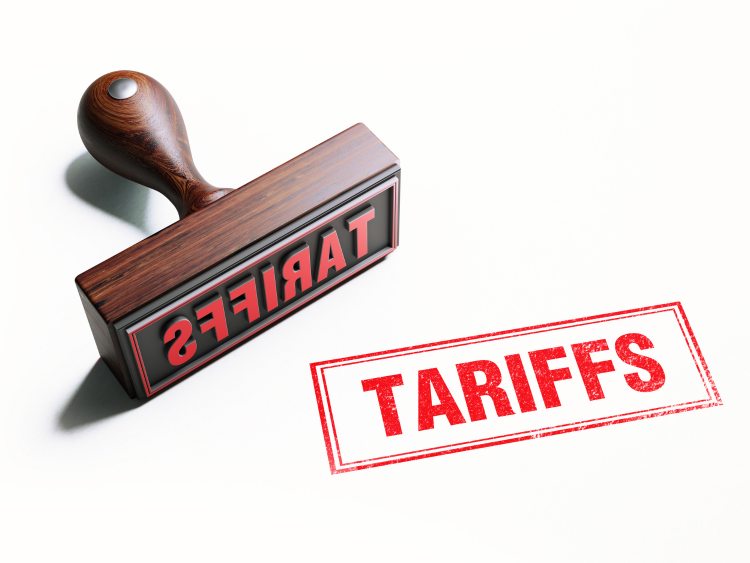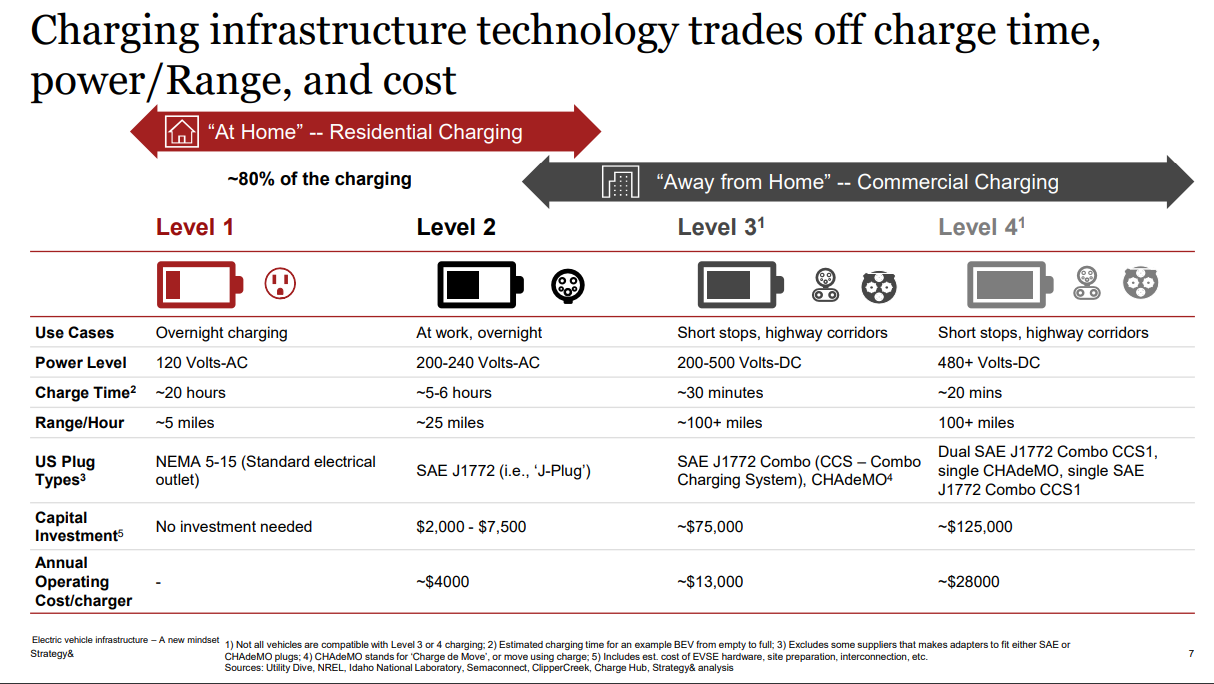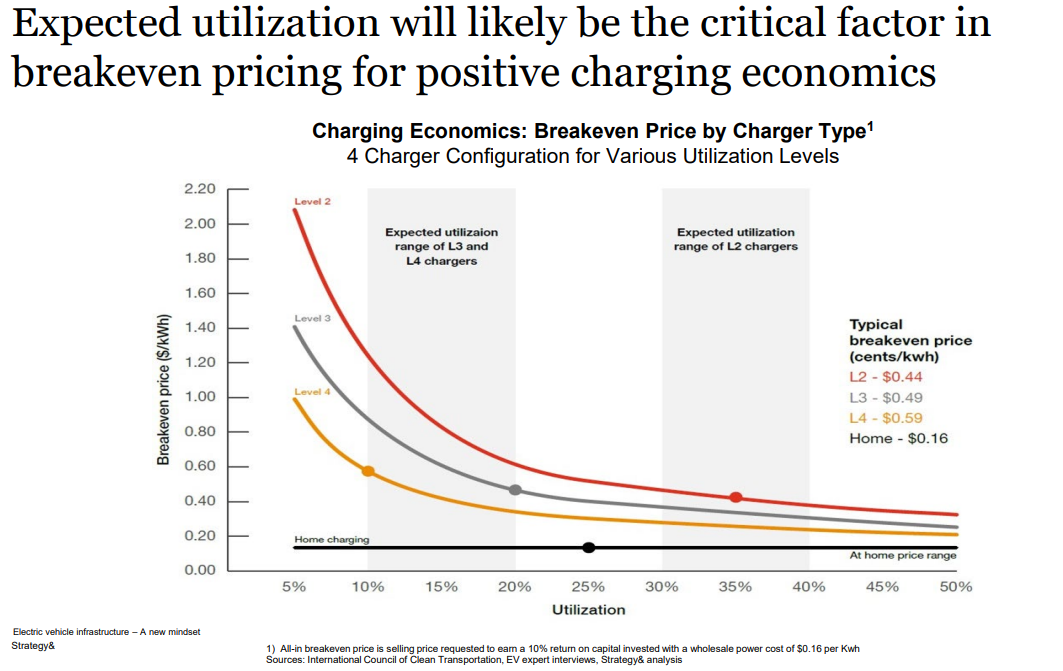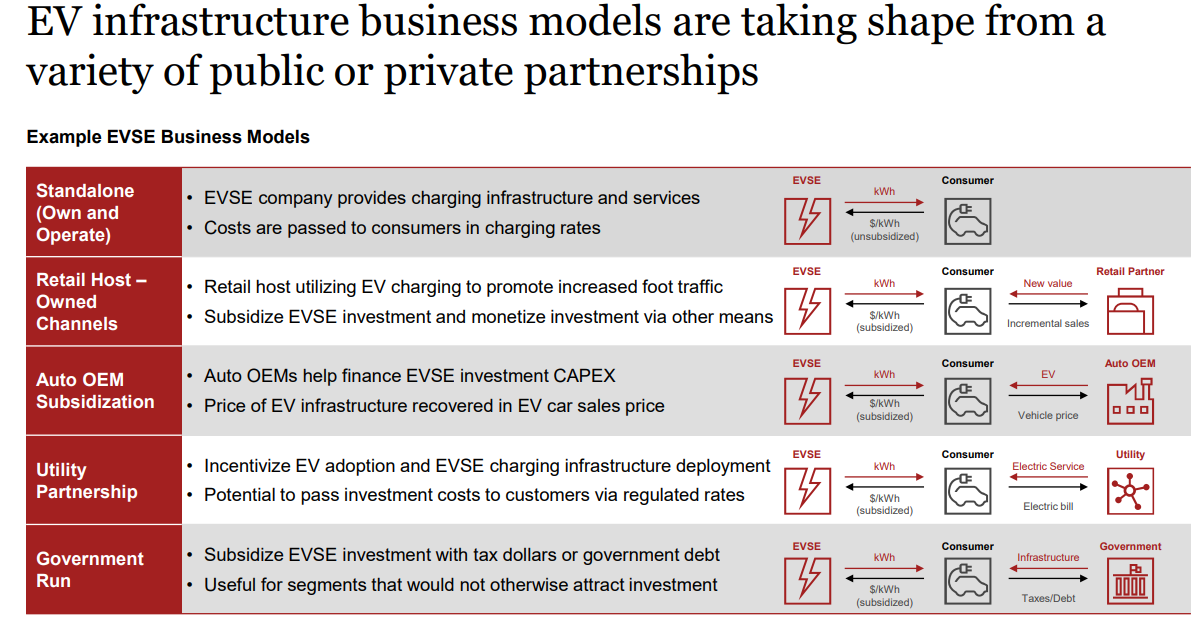Steel Markets

Electric Vehicle Industry Embraces 'Field of Dreams' Approach
Written by Sandy Williams
February 5, 2021
Adoption of electrical vehicles is beginning to accelerate as consumer fears of “range anxiety” are quelled by longer range batteries and more charging stations that are appearing in the public domain. It’s a bit of a “field of dreams” scenario for the EV market—if you build it (the infrastructure), they (drivers) will come.
A webinar presented by the Center for Automotive Research last week brought together a panel of professionals invested in bringing the necessary infrastructure to America that will spur consumers to buy electrical vehicles.
The EV market will be driven by vehicle economics and the availability of charging Infrastructure, they said. Currently, less than 2 percent of U.S. vehicle sales are electric, but that is expected to increase to 12-15 percent by 2030. More than 70 new nameplates are expected to be introduced by automakers by 2027, giving consumers a variety of choices to meet their personal transportation needs.
“A new mindset is required,” said Bill Loewenthal, ChargePoint senior vice president. The fueling model will have a profound change from gasoline-powered vehicles. “You don’t drive to fuel, you fuel when parked,” said Lowenthal. Eighty percent of EV charging will be done overnight at home and supplemented by charging at the workplace, retail-hosted ports and gas/EV fueling sites.
Four levels of charging are offered with the slowest Levels 1 & 2 used by home charging devices and Levels 3 & 4, with quicker and higher kilowatt charging, used along highways for long distance travel and for fleet operations. About 20 percent of annual vehicle mileage is due to long trips, whether driving for business or taking the family on a road trip, said Nicholas Hodson, consultant and retired partner at PwC. Consumers will continue their habits of stopping at fueling stations, but will now seek EV ports as well as other conveniences offered. The ability to charge while having a meal at a restaurant will become commonplace.
Gas prices are elastic because of customers who are searching for the lowest price; less variation is expected in EV charge rates.
The price for chargers and installation jumps as the charging level gets higher. A home charger at Level 2, expected to dominate the market, would be an investment of about $2,000 to $7,000 compared to a Level 4 installation at $125,000.
Because higher level charging ports are more expensive, strategic placement is important in order to have enough ports at fueling stations without impairing efficiency or return on investment. Having four to six chargers on two corners of an intersection is more cost effective and convenient for consumers than having 12 at just one place, said Akshay Singh, Partner, U.S. Automotive Advisory at PwC. Utilization of ports at Levels 3 and 4 will be lower since most charging will take place at home. In comparison to gas fueling, utilization of a pump at a gas station is very low, about 7 percent over a 24-hour period.
Energy company panelists, Kim Winslow at Evergy and Laurie Giammona at Pacific Gas and Electric Co., said home charging will be based on rate plans from the utility company or time of use rates. Pacific Gas and Electric offers customers a variety of rate plans that take into consideration the type of vehicle and other electric demands within the home. Evergy encourages charging vehicles during off times in order to mitigate excess demand on the grid during peak hours. Software apps can be programmed to begin vehicle charging at pre-selected times.
Rates in public areas could be free and offered as a value-added service from retail establishments and restaurants. Installing chargers at multi-family residences and office buildings creates opportunities for management companies and businesses to attract and retain residents and employees. Companies like ChargePoint monetize the hosts of charging stations, not the drivers, said Loewenthal. It is up to the hosts to decide what the rates will be for using the ports.
There are already more than 115,000 charging stations in the U.S., but most people don’t notice them. Increasing installations and advertising their locations will give consumers confidence to make that EV purchase. The Biden administration plans to have 500,000 chargers installed across America by 2030.
Utility companies like Evergy and Pacific Gas and Electric are needed to support infrastructure for the industry. In 2015-2016, a California commission decided that utilities could step in to support EV technology, said Giammona. Pacific Gas and Electric “leaned in” to help get charge points into multifamily and workplace sites as well as low income areas in California. Utilities can also help their partners in EV charging infrastructure navigate through environmental challenges and other hurdles.
Winslow said Evergy installed 1,000 charging stations about five years ago in the Kansas City, Mo., area and saw adoption of EVs jump from 800 to 8,000. Areas that did not have the same level of infrastructure support saw growth jump by only four times.
“We believe that having it out there will encourage adoption,” said Winslow.
Note: This webinar and others an the auto industry can be accessed at https://www.cargroup.org/webinars.
By Sandy Williams, Sandy@SteelMarketUpdate.com

Sandy Williams
Read more from Sandy WilliamsLatest in Steel Markets

CRU: Sheet import demand softens as domestic price gains have slowed
US domestic sheet price gains have begun to slow as previously pulled-forward demand has led to a decline in orders.

CMC looks beyond Arizona micro-mill woes to long-term viability of construction mart
Despite the economic and geopolitical upheaval of the last five years, CMC President and CEO Peter Matt points out that the construction market has been an essential element of the way forward.

US importers face stricter rules under revamped S232 tariffs
“CBP expects full compliance from the trade community for accurate reporting and payment of the additional duties. CBP will take enforcement action on non-compliance," the agency said in a March 7 bulletin.

Steel exports rebound in January
US steel exports recovered to a five-month high in January after having fallen to a two-year low in December. This growth follows four consecutive months of declining exports.

Construction spending drops marginally in January
Construction spending edged down slightly in January, slipping for the first time in four months. The US Census Bureau estimated spending at a seasonally adjusted annual rate of $2,196 billion in January, down 0.2% from December’s downward revised rate. The January figure is 3.3% higher than a year ago. January’s result, despite the slight erosion, […]



